The Independent's journalism is supported by our readers. When you purchase through links on our site, we may earn commission.
Last-chance Europe: The best cities to visit before Brexit happens
As the UK rushes headlong into the threat of no-deal come autumn, we celebrate the best European cities to hit up this summer
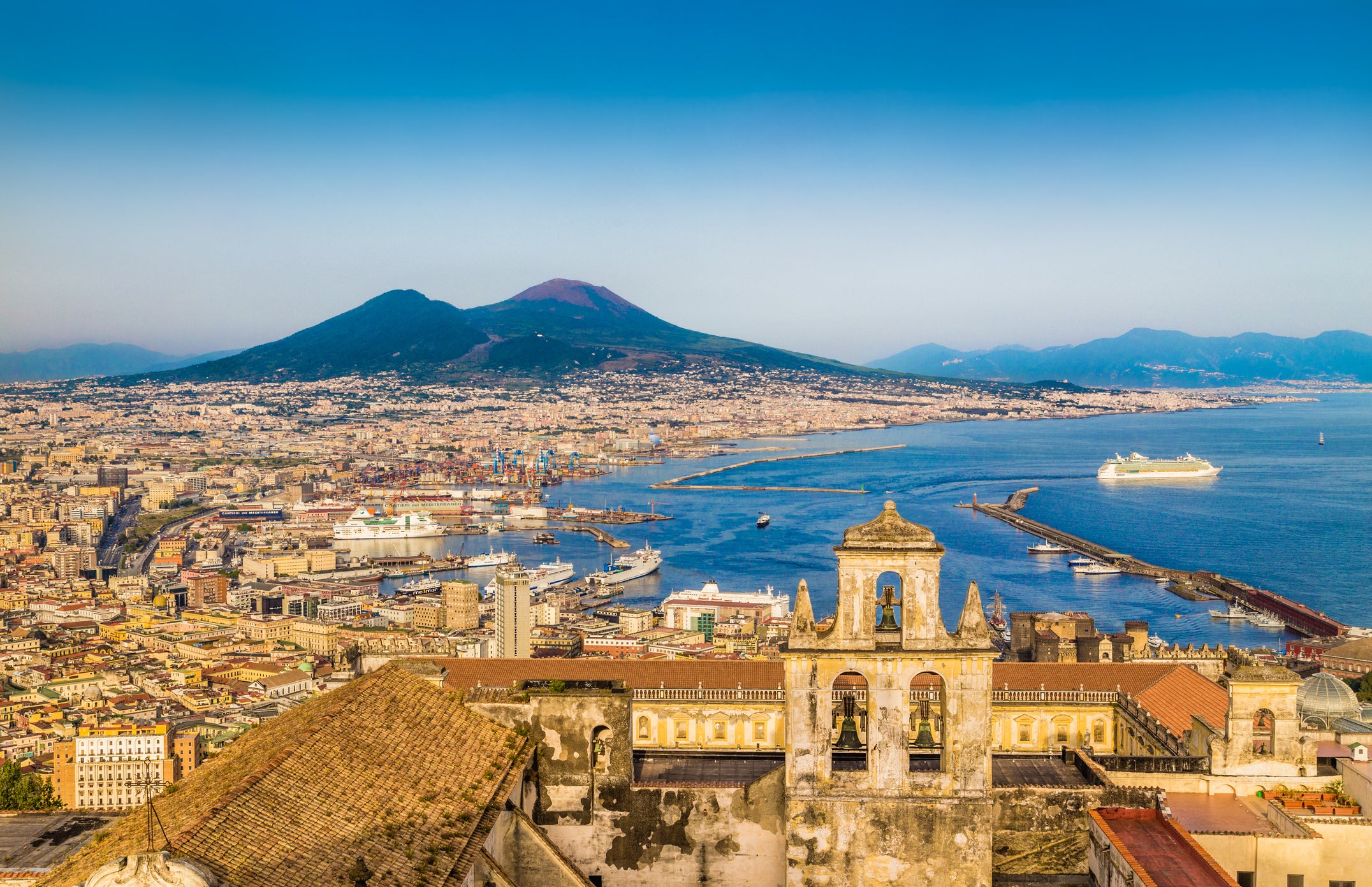
Your support helps us to tell the story
From reproductive rights to climate change to Big Tech, The Independent is on the ground when the story is developing. Whether it's investigating the financials of Elon Musk's pro-Trump PAC or producing our latest documentary, 'The A Word', which shines a light on the American women fighting for reproductive rights, we know how important it is to parse out the facts from the messaging.
At such a critical moment in US history, we need reporters on the ground. Your donation allows us to keep sending journalists to speak to both sides of the story.
The Independent is trusted by Americans across the entire political spectrum. And unlike many other quality news outlets, we choose not to lock Americans out of our reporting and analysis with paywalls. We believe quality journalism should be available to everyone, paid for by those who can afford it.
Your support makes all the difference.Come 31 October, there’s every chance the UK could be out of the EU without a deal. But let’s not focus on that. Instead, let us celebrate the best European cities you should visit this summer to enjoy top culture, cuisine, architecture – and a last chance to waft through security without a care in the world.
Paris, France
“We’ll always have Paris,” said screenwriter Howard Koch. (He’s right – although it could potentially be much easier to visit before the end of October.) A rash of new hotels – Left Bank grande dame Lutetia, trendy Brach and sexy-chic Sinner that’s about to open – is helping to revitalise the City of Light, and there really is no better time to hang out in the French capital than during the summer. For starters, the French slack off for most of August so the city is happily quieter.
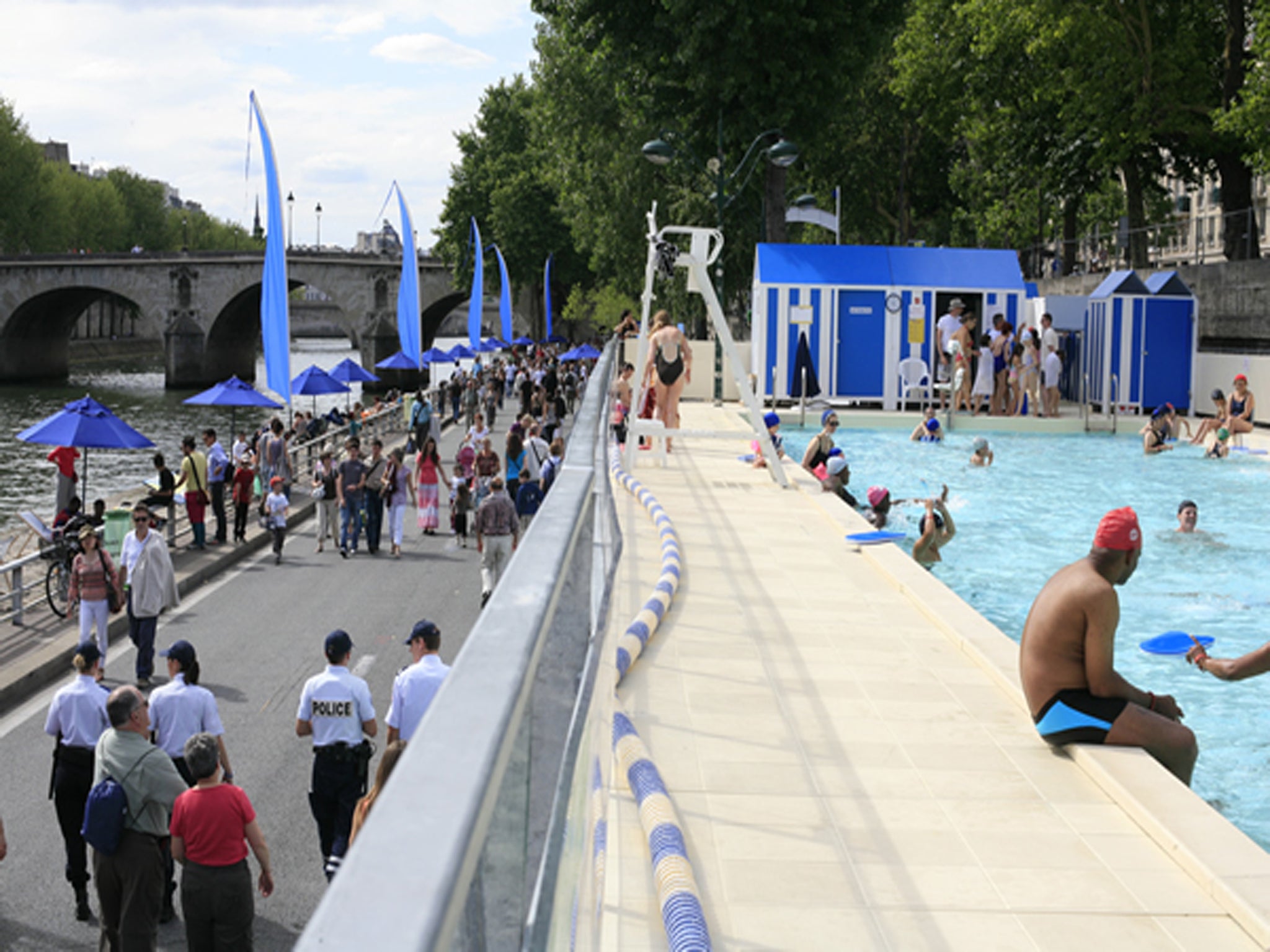
The Paris Plages are open until 21 September, which decks the Seine river bank with artificial beaches, alongside palm trees and sunloungers. Likewise, the city’s grand parks – Jardin du Luxembourg, Parc Monceau, Parc du Buttes-Chaumont – bloom and bounce during the summer months. There’s also a brisk music festival calendar, with everything from rock (Rock en Seine) to classical (Classique au Vert festival). And if you’re in town for 29 July, the Tour de France rips up the Champs Élysées for a dramatic finish.
Where to stay: Philippe Starck-designed Brach, in a former sorting office in the little-known 16th arrondissement has bikes for hire and is handily right over the Peripherique from the Bois de Boulogne.
Read how to spend 48 hours in Paris here.
Naples, Italy
Italy’s third city, after Rome and Milan, hasn’t traditionally been a city break – more a launchpad for the nearby Amalfi Coast or Pompeii. That’s all changing, and in-the-know travellers are swivelling their eyes towards this hot (and in the summer, very, very hot), hedonistic city.
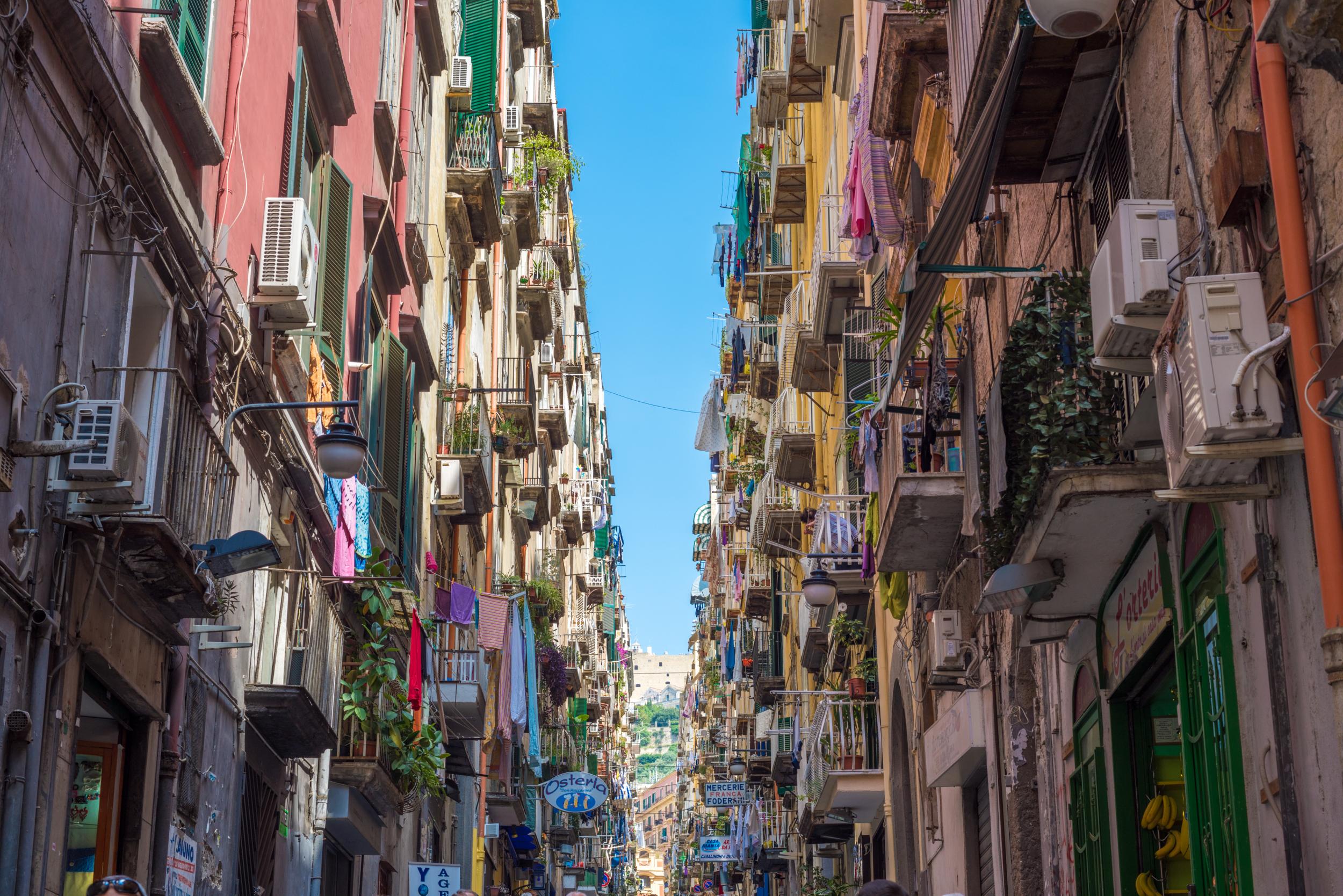
For starters: you can eat and drink here for a song. Aperol spritzes are €1.50 (£1.35) at most pavement cafes in the old town, and slices of quintessential Neapolitan pizza aren’t much more than that (do make a pilgrimage to Pizzaria la Notizia on Via Michelangelo da Caravaggio for the “world’s best pizza”). And because it’s so hot during the summer months, you’ll want to escape underground: to Naples’ metro stations, washed in colourful mosaics, or the 40m-below-the-streets Roman caves. If you can handle the heat, wander the Spaccanapoli road that bisects the Old Town, riddled with curious shops and cafes.
Where to stay: Hotel Romeo is a recently spruced up modern property right on the harbourfront, so there’s cracking views of Vesuvius.
Read how to spend 48 hours in Naples here.
Berlin, Germany
There’s another important landmark date in Europe this year: the 30th anniversary of the fall of the Berlin Wall, and there are events and celebrations happening throughout November to mark the reunification of Europe’s greatest city (ahem). And even during the summer months, Berlin has a spring in its step – the kind that only a city that’s bathed in cold for most of the year has.
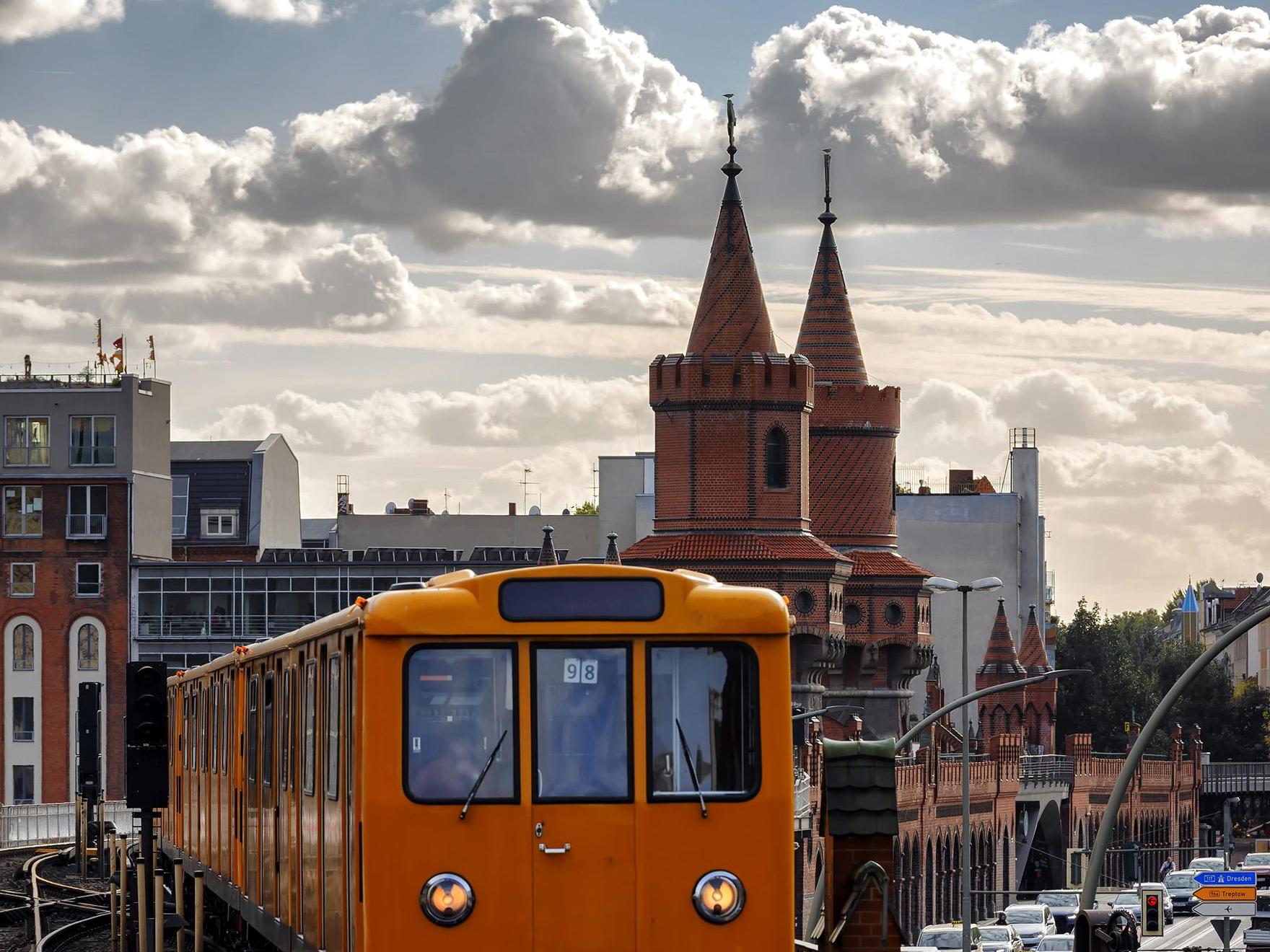
That means a variety of open-air festivals; the annual beer festival; the “long night at the museums” where cultural institutions stay open until 2am; and in true low-key Berlin nightlife style, clubbing all night and all day on the banks of the River Spree.
Where to stay: Boutique hotel Orania.Berlin wraps in a live music venue, upscale restaurant and cosy rooms in the city’s hippest neighbourhood: Kreuzberg.
Read how to spend 48 hours in Berlin here.
Vilnius, Lithuania
Who wouldn’t want to visit the self-proclaimed “G spot of Europe”? (As the Lithuanians say: “once you find it, it’s amazing”.) Welcome to Vilnius, which regularly tops the charts when it comes to the cheapest city break in Europe. And there’s plenty to keep you here.
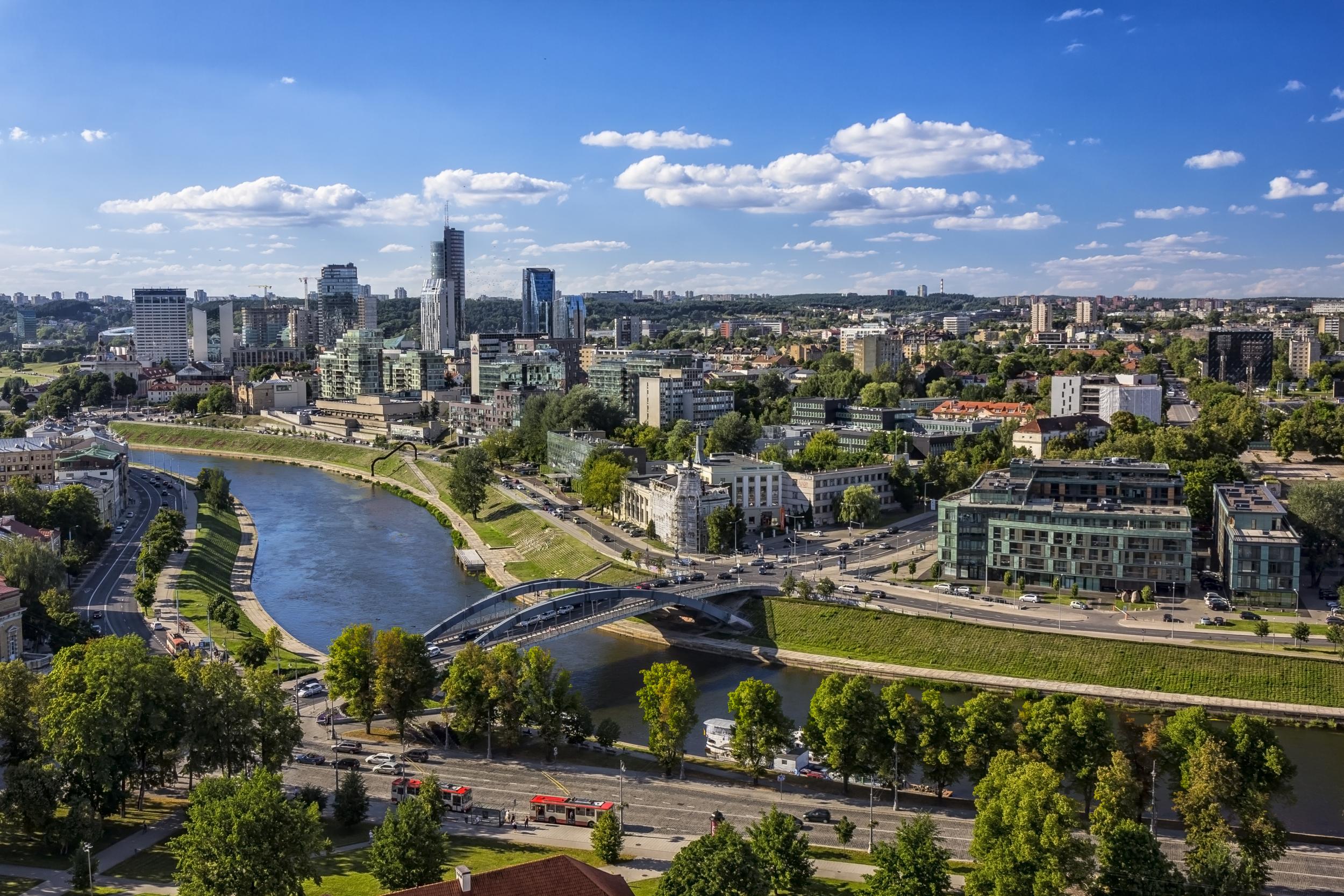
Start in the historic old town, with its cutesy cobblestoned streets and churches intermeshed with pavement cafes and an all-round joie de vivre. The temperatures in this Baltic state never get too hot, so it’s perfect weather to wander the gardens of imposing Presidential Palace (itself dating back to 1387), which throw open their doors to the public, plus the Vilnius Cathedral.
Where to stay: Well-located in the city centre, Shakespeare Boutique Hotel has rooms named after a famous cultural figure.
Read how to spend 48 hours in Vilnius here.
Venice, Italy
One of those sceptics who thinks tourists have “ruined” Venice? Think again. La Serenissima is just as beautiful as they say – once you get off the main tourist thoroughfare and away from San Marco’s Square. Stumble just 10 minutes away and you’ll find yourself lost in a tranquil world of narrow alleyways, romantic bridges (though don’t linger on them too long) and that network of otherworldly blue-green waters.

Although sizzling, summer is one of the best times to visit thanks to the Biennale. On odd years it’s all about cutting-edge art, on even ones the focus is architecture. That means 2019 is an art year: the city’s 58th edition of the event is entitled May You Live In Interesting Times. Venice is cram-packed with exhibitions aside from the three main spaces, but there’s nothing like ducking out of the midday sun into Giardini Della Biennale, the pretty gardens boasting myriad pavilions displaying installations by artists from all over the world.
Where to stay: Escape the hustle and heat of the city and jump on a free transfer boat over to JW Marriott, situated on its own private island. The views from the rooftop pool are spectacular.
Read how to spend 48 hours in Venice here.
Amsterdam, Netherlands
Yes, it attracts a helluva lot of stag dos. But also yes, they are incredibly easy to avoid. The second you get clear of the Red Light District and historic centre, it’s easy to see what all the fuss is about.
Aside from its canals, bruin cafes and world-class museums and galleries, it’s also worth checking out the lesser-known bits of the Netherlands capital if you really want to escape the crowds. Hit up the A’DAM Lookout with its daredevil rooftop swing; Zandvoort, rebranded as Amsterdam Beach, just 30 minutes from the city centre; and the Bijlmer neighbourhood, enjoying a renaissance thanks to its urban art and contemporary galleries.
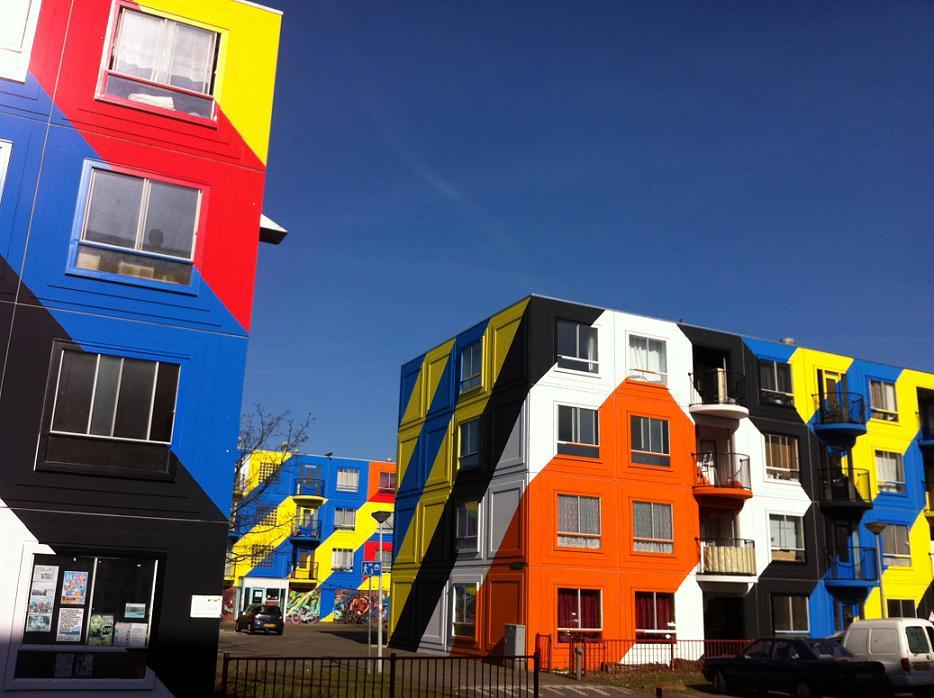
And this summer, the city is hosting the world’s longest-running dance festival, Dance Valley, as it celebrates 25 years. This full-on club fest, taking place on 8 August at the green oasis of Recreatiegebied Spaarnwoude, features DJ David Guetta as this year’s headline act, plus a line-up that includes Benny Rodrigues and Ferry Corsten.
Where to stay: While Amsterdam digs can get pretty pricey, Generator is the next generation of hostel, with the option to book a rather lovely private en-suite room overlooking the leafy Oosterpark through floor-to-ceiling windows.
Read how to spend 48 hours in Amsterdam here.
Lisbon, Portugal
Summer brings a packed schedule of musical events to Lisbon, including the 11th edition of the open-air Festival ao Largo 2019, featuring classical music, ballet and theatre, and Super Bock Super Rock, which this year will see international acts including Janelle Monae, Christine and the Queens and Cat Power take to the stage.
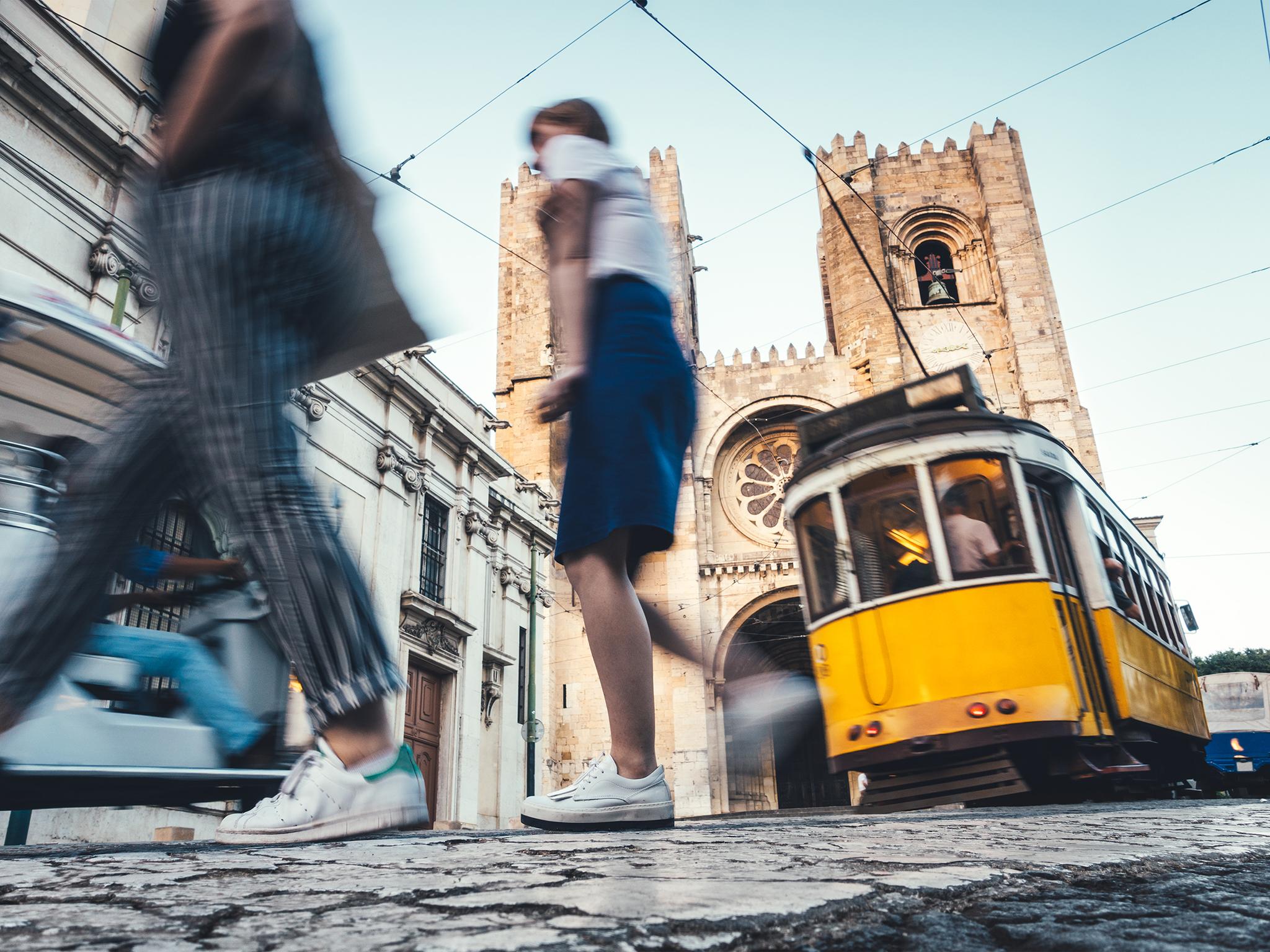
Elsewhere, there’s plenty to love: vintage trams, Insta-worthy tiles, pasteis de nata and a relatively cheap, pumping nightlife scene. There’s also a direct train along the coast to Cascais, so pedestrians can hop off for a few hours of beach fun at any one of a number of seaside stations.
Where to stay: The Tivoli Avenida Liberdade is the epitome of affordable luxury, combining a chic location on the city’s leafy central avenue, a rooftop top bar with unbeatable views and five-star rooms for under €222 (£200) a night.
Read how to spend 48 hours in Lisbon here.
Bordeaux, France
Though less hyped than the French capital, Bordeaux offers a compact city centre, pedestrianised boulevards and wonderful restored neoclassical architecture at every turn. There’s also the miroir-d’eau, the world’s largest reflecting pool, which mirrors the magnificent Palais-de-la-Bourse opposite.
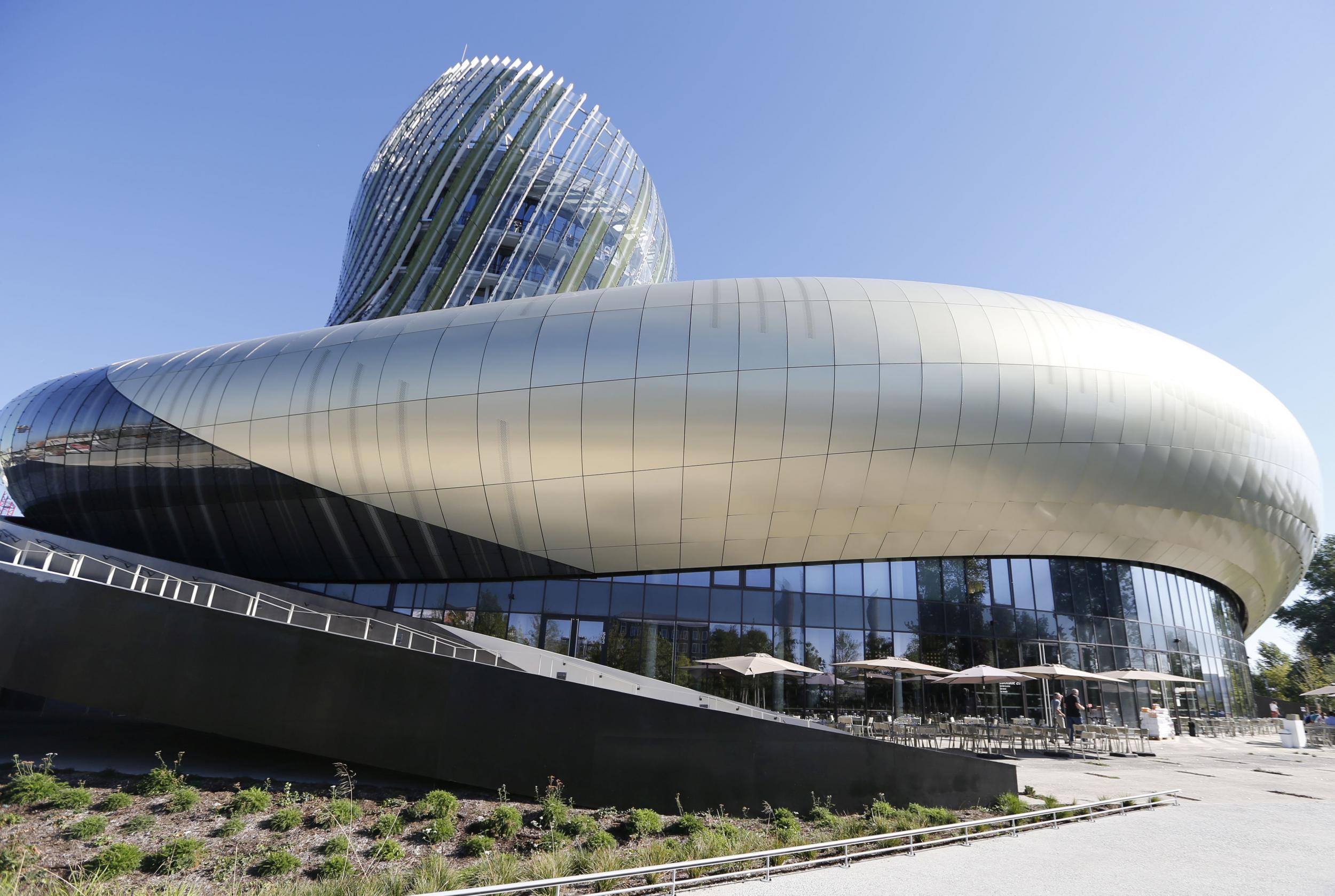
Take advantage of the city’s illustrious wine heritage with a visit to the world’s best wine museum, Cité du Vin, which opened in 2016 and is housed in an innovative, decanter-shaped building. And if the weather’s nice, it’s perfectly possible to hop on a 50-minute train to the west coast, to the plentiful beaches dotted around Arcachon.
Until 31 August, offbeat festival Bordeaux Metropolitan Summer is taking over the city too, with 300 mainly free events from music, lectures and acrobatics to dancing in tram stations, singing on the Garonne, drawing graffiti on abandoned buildings and attending film screenings in pools…
Where to stay: Mama Shelter Bordeaux offers sharp yet fun rooms designed by Philippe Starck, a rooftop terrace with stellar views and live DJ sets four nights a week.
Read how to spend 48 hours in Bordeaux here.
Dubrovnik, Croatia
Dubrovnik celebrates its 70th annual Summer Festival in 2019, with a jam-packed schedule of site-specific theatre and musical performances until 25 August.
Aside from all that culture, this divine Unesco World Heritage walled city, made even more famous by its appearances in Game of Thrones, has plenty to divert. The walls themselves can be scaled and walked around for eye-popping views of Dubrovnik’s signature terracotta-coloured roofs; the pedestrianised streets are lined with restaurants and bars for the ultimate buzzy night out; and the proximity to the sea means it’s easy to set up shop on the rocky outcrops surrounding the city and take a dip in the azure ocean.
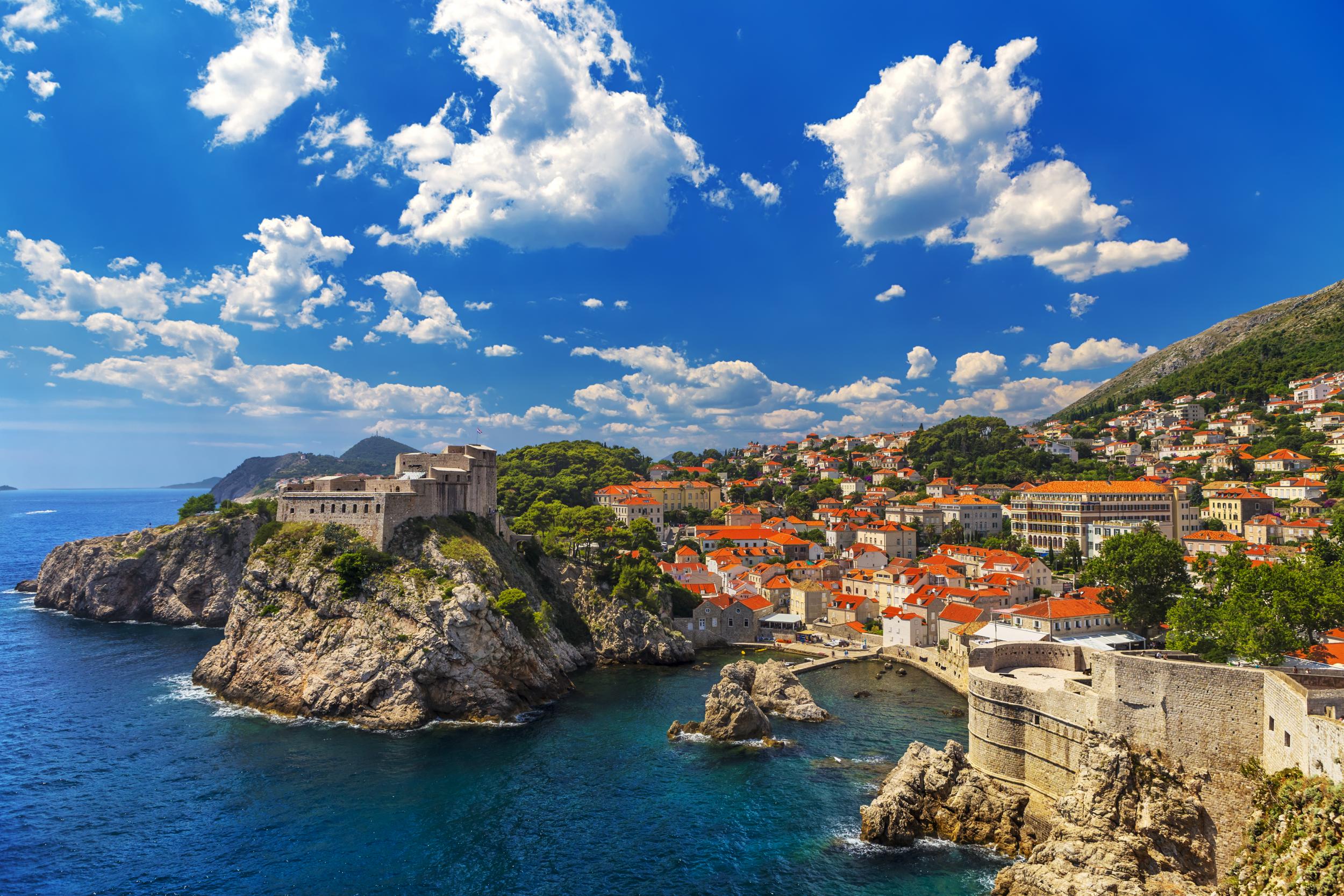
Want to escape some of the cruise crowds? Hop on a ferry (or a sea kayak) and you can be on the verdant island of Lokrum in 15 minutes. It’s much quieter than the mainland, with peacocks wandering amid pine, cypress and olive trees, plus there’s the ruins of a Benedictine Monastery and a 19th-century botanical garden to explore.
Where to stay: The newly refurbished Hotel Bellevue enjoys a fabulous clifftop-hugging setting overlooking the Adriatic Sea.
Read how to spend 48 hours in Dubrovnik here.
Join our commenting forum
Join thought-provoking conversations, follow other Independent readers and see their replies
Comments